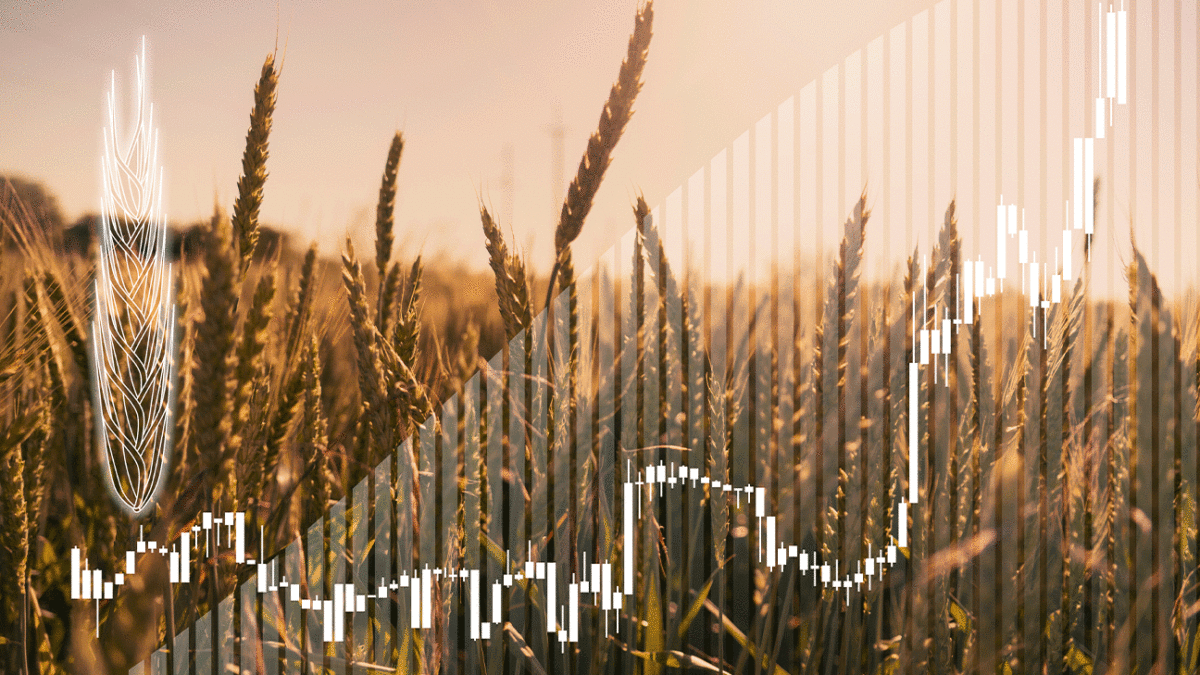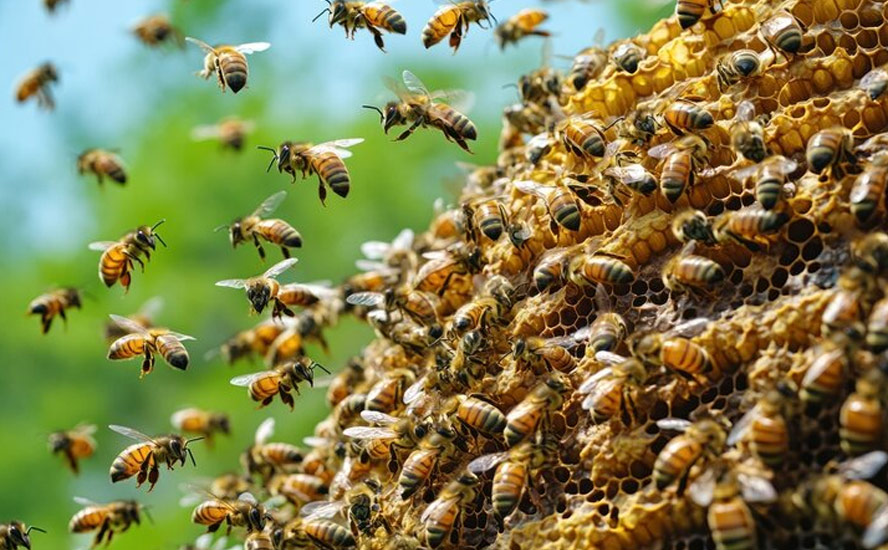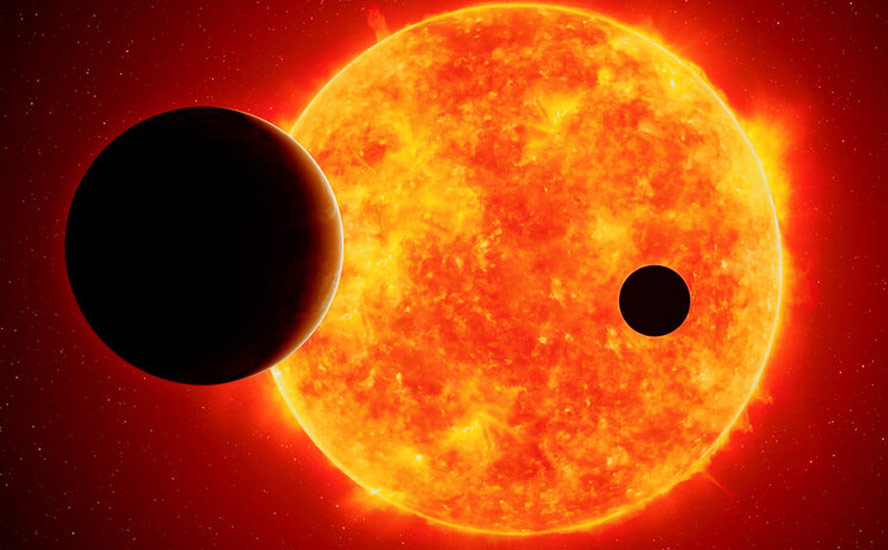Food, a global crisis – How bad is it going to get?
2022.05.30
A comparison of this year’s grocery bills to last year’s yields a simple yet terrifying conclusion: food prices are rising at a rate beyond anyone’s imagination.
The Food and Agriculture Organization’s (FAO) food price index, which tracks the price movements of the most commonly traded and consumed food crops, recently reached its highest on record.
Most point to the exorbitant prices, like with many other commodities (i.e. oil), to the ongoing war in Europe, which has caused major disruptions to the global supply chain. Indeed, Russia’s invasion of Ukraine earlier this year triggered a series of events that blocked off some of the region’s supply routes, taking away a significant portion of the world’s food supply. The result? every category of food we consume — wheat, meat, dairy products, etc. — got more expensive.
FAO economists estimate that Russia and Ukraine together provided around 30% of the global wheat supply and 20% of maize exports over the past three years, representing a significant chunk of the global food supply. It’s been estimated that nearly 25 million tonnes of grain alone have been eliminated from the supply chain since Russia’s blockade of Ukrainian ports.
Also contributing to the higher food prices is the scarcity of fertilizers, the chemicals that farmers rely on to keep their corn, soy, rice and wheat yields high.
Western sanctions against Russia and neighboring Belarus essentially placed a sizable share of the world’s available fertilizer off-limits. Together, Russia and Belarus accounted for more than 40% of global exports of potash last year, one of three critical nutrients used to boost crop yields, according to Morgan Stanley.
With reduced shipments around the globe, prices of this key farming input eventually soared to record highs, surpassing levels last seen during the food and energy crisis in 2008. According to British commodity consultancy CRU, prices for raw materials that constitute the fertilizer market — ammonia, nitrogen, nitrates, phosphates, potash and sulphates — are up 30% since the turn of the year.
Commenting on the global shortage of fertilizers, World Farmers’ Organization President Theo de Jager recently said: “Prices are more or less 78% higher than average in 2021, and this is cracking up the production side of agriculture. In many regions, farmers simply can’t afford to bring fertilizers to the farm, or even if they could, the fertilizers are not available to them.”
“And it’s not just fertilizers, but agrichemicals and fuel as well. This is a global crisis and it requires a global response,” de Jager added.
Back in March, FAO chief economist Maximo Torero said “the fertilizer crisis is in some respects more worrying because it could inhibit food production in the rest of the world that could help take up the slack.”
Stalemate in Europe
This global food crisis is only going to worsen as long as Russia and the Western powers that imposed sanctions against it continue to lock horns.
Meanwhile, the so-called “military operation” in Ukraine has only escalated in recent weeks, reaching the dangerous stage of an unstable and violent stalemate.
“Combined with the reality that Putin faces a mismatch between his ambitions and Russia’s current conventional military capabilities … the next few months could see us moving along a more unpredictable and potentially escalatory trajectory,” the Director of National Intelligence said during a recent meeting of top US officials.
With little hope for a quick resolution, the market chaos is likely to persist, creating even bigger and longer food shortages in parts of the world. Just how dire the situation is moving forward? For context, Russia is forecasted to export a world-leading 39 million tonnes of wheat next year, according to the USDA’s latest report.
With the events that have unfolded, the World Bank projects that global food prices could rise 22.9% this year, and a hunger crisis affecting the world’s most vulnerable countries is well underway.
More Hungry People
The United Nations and other international organizations have warned that more costly food could upend the global economy, creating widespread hunger in vulnerable countries such as those in Africa and the Middle East.
Even before the Russian invasion, fertilizer costs worldwide were already soaring as record energy prices forced makers of the nutrient to cut down production. In turn, global food production fell well below its target, and food prices, which have been rising precipitously over the course of the Covid-19 pandemic, got more expensive and, in some places, unaffordable.
In its latest report highlighting the severity of the crisis, the UN estimates that in the past year, global food prices have risen by almost one-third, fertilizer by more than half and oil prices by almost two-thirds.
The UN report also revealed that the number of severely food-insecure people has doubled over the past two years, from 135 million pre-pandemic to 276 million today. More than half a million people are now experiencing famine conditions, according to UN figures, representing an increase of more than 500% since 2016.
In Ethiopia, Somalia and Kenya alone, the number of people facing extreme hunger has more than doubled since last year, the UN noted.
Frightful Weather
Compounding the global food crisis is the continued threat of extreme weather, which, according to the World Food Programme, contributed to most of the world’s food crises two years ago and was the primary cause of acute food insecurity in 15 countries.
Higher temperatures, water scarcity, droughts, floods, and greater CO2 concentrations in the atmosphere all have negative impacts on the yield of staple crops.
The FAO estimates that 80% of the causes behind an unpredictable harvest for cereal crops in areas like Africa’s Sahel come down to climate variability. In other places like Bangladesh and Vietnam, rising sea levels are jeopardizing the world’s rice supply by flooding the farmlands with saltwater.
Since the 1990s, the number of weather-related disasters around the world has doubled, a pattern that greatly increased the risk of food insecurity and food prices. Sadly, this trend is unlikely to disappear anytime soon.
Just recently, India announced a ban on its wheat exports amid an intense heat wave that saw temperatures hitting a record 49.2 degrees Celsius. India is the world’s second-largest wheat producer after China.
Before the Ukraine war, the dry weather in Latin America took its grain inventory to levels that would keep grain prices high until 2023, Morgan Stanley analysts recently wrote in a report.
Western economies like the US are also not spared from extreme weather events. Across the Midwest, one of the world’s most fruitful breadbaskets, farmers are well behind their usual planting pace due to rain and cold weather. The US Department of Agriculture recently found that only 3.7 days of the week were suitable for field work in the state of Minnesota.
‘Messy’ Migration Wave
Rather than choosing to starve or hoping for a miracle, those deprived of an adequate food supply could eventually seek “greener pastures”. The food shortage crisis is expected to trigger a major migration wave into Europe from Africa and the Middle East, according to the EU’s migration chief.
Speaking with Bloomberg at the World Economic Forum in Davos, Switzerland, European Commission Vice President Margaritis Schinas said a hunger-driven migration is “not going to be so manageable, it’s going to be more messy.”
Echoing this sentiment at the Davos event was David Beasley, the head of the United Nations’ World Food Program, who said the lack of access to food may spur millions of people to migrate.
Every 1% increase in hunger results in a 2% increase in migration, he said, noting that 49 million people were “knocking on famine’s door” in 43 countries.
“Those are the 43 countries we’ve got to be extremely concerned about that will result in destabilization and mass migration if we don’t get ahead of this,” he added.
Conclusion
By now, most around the world have accepted the fact that a food crisis is upon us, and while we don’t want to be the bearer of bad news, things will only start to go downhill from here.
Food insecurity has always been a big issue in developing nations, but the 2022 food crisis has spread fear into the biggest economies.
US food costs were up 9.4% during the month of April, with prices for things like meats, poultry, fish and eggs up 14.3% from the previous year, Labor Department data showed. In China, prices of fresh vegetables are 24% higher than a year ago, according to data released from the country’s National Bureau of Statistics.
Then there’s the uncertainty of the Russia-Ukraine situation, which is basically taking away not only a huge chunk of the world’s food production, but also leaving farmers around the world short of fertilizers to grow their crops.
As the CEO of CF Industries, a leading global manufacturer of fertilizers, recently said: “We are absolutely facing a problem of catastrophic proportions here.”
Richard (Rick) Mills
aheadoftheherd.com
subscribe to my free newsletter
Legal Notice / Disclaimer
Ahead of the Herd newsletter, aheadoftheherd.com, hereafter known as AOTH.
Any AOTH/Richard Mills document is not, and should not be, construed as an offer to sell or the solicitation of an offer to purchase or subscribe for any investment.
Legal Notice / Disclaimer
Ahead of the Herd newsletter, aheadoftheherd.com, hereafter known as AOTH.Please read the entire Disclaimer carefully before you use this website or read the newsletter. If you do not agree to all the AOTH/Richard Mills Disclaimer, do not access/read this website/newsletter/article, or any of its pages. By reading/using this AOTH/Richard Mills website/newsletter/article, and whether you actually read this Disclaimer, you are deemed to have accepted it.




























